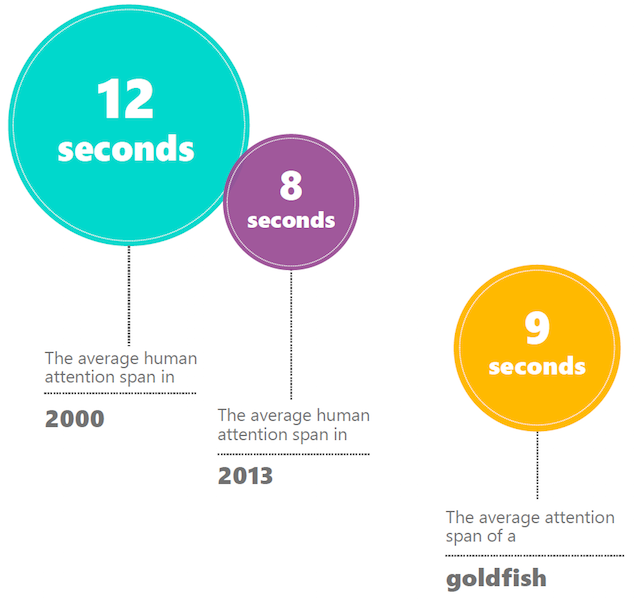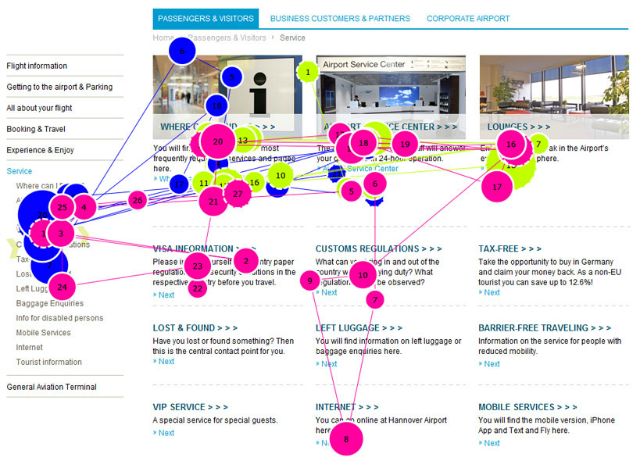 Maria Wąchal
created
edited
Maria Wąchal
created
edited
How to write email content that recipients want to read
Back to list of articlesEmail campaigns are effective tools for communication with current and potential customers. More than 60% of consumers say they like to receive commercial offers by mail at least once a week and 28% would prefer to receive them more often. Remember, engaging communication is first and foremost content and words supported by the right graphics.
Communication = words + images
Subscribers are very responsive to visual content and its quality affects how effective it will be. But it’s the content that has the most influence. So how do you create text that will get attention and engage subscribers? Today, I’ll tell you what to write and how to write it so that your content will help you reach your marketing goals.
Goals (words + images) = Communication
Learn more about how to write email content that recipients want to read.
Who is my subscriber?
This is an important question that helps you define the kind of content that will be interesting for anyone signed up to your mailing list. Sending everything to everyone will not get you to where you want to be. If you want your campaigns to be effective, aim for the specific needs of individual subscribers. Personalise your messages and use content that match particular groups. It’s a simple idea but it works - speak to the needs and interests of your subscribers.

Treating subscribers according to their individual interests builds trust. Eighty percent of opened messages in email campaigns come from subscribers who trust the brand that sent the newsletter. These are also the same subscribers that will stay on your list long-term and be responsive to your messages.
How can you get to know the needs of individual subscribers?
Learn more about them. Email marketing puts lots of tools in your hands that help you to learn the preferences of everyone on your mailing list. Use this to show that you don’t always focus on what you want to sell but instead contain content that shows that you are interested in their needs as soon as they subscribe to your newsletter by, for example, offering a useful e-book for new subscribers.
Welcome new subscribers with a well-prepared welcoming messages and learn more about their needs.
Prepare a welcoming program and follow the behaviour or recipients when you send campaigns.
Analyse data from other systems and plan your email marketing in response to purchase histories or the activities of subscribers on your website.
Already know your subscribers? Write what they want to read
Write in simple language
Why is it worth writing in simple language? And why the simpler, the better? Long words don’t make your text better. Instead, they force readers to spend more time and effort processing everything. Try to write like you’re simply talking to your subscribers.
It’s easier for everyone to remember simple things and we are more likely to share them. You have a small window of your recipients’ attention and there’s no time to waste. That’s why longer words and texts are a waste of time, literally. Simple and specific headers are a good way of helping you to deliver your message since you have just eight seconds to get your point across.

Attention Span Survey from Microsoft
Write in specifics
As I mentioned, no one has time to think about what the writer had in mind when he wrote this or that. Your message needs to be clear and to the point when recipients scan your text. Because that’s what they do - scan it. And if you don’t get their attention the first time, there won’t be a second chance.

Source: http://bit.ly/2oyxUQr
This same idea applies to the entire text, not just the headers. Be sure that every element in your content is easily understandable and the construction of the text is clear even if you eliminate an element. Try to write content like an inverted pyramid, from general to specific. This lets you introduce the most important ideas at the beginning. You can then dive into more detail and give reasons that will convince subscribers.
Avoid unnecessary words
No need for flowery language or poetry in your text. Remember, it’s all about being short and to the point. Pay attention to the degree of difficulty of the text - the ratio of the number of words to sentences and the number of long words to the number of words throughout the text. The more clear and easier it is to understand, the better.
Use the Gunning Fog Index to help you get an idea of how straightforward your text is. The degree of difficulty of the text sets the number of years of education needed to understand the text being analyzed.
If your score is over 18, you need to to simplify it before sending it out to subscribers. Then again, there are fields where the vocabulary and nature of the business require certain formulations and that’s ok.
Choose your words carefully
- Short words - keep your text clear and easy to understand
- Shorten your text by using the right words. Ask yourself if there’s a one-word term to replace phrases
- Don’t make anyone reach for a dictionary to understand you
- Use “action” words - you want subscribers to do something, right?
- Strong words - put some energy and passion into your message
- A bit of colour doesn’t hurt - use adjectives to describe while still keeping things short
Use the language of benefits
Make sure your message conveys the value of your offer. It doesn’t matter if you have all the other basics of email marketing right if you don’t communicate why subscribers should be interested in your message.
Choose your words on the basis of how they speak to the needs and interests of customers and not just on how they can help you make a sale.
You think words aren’t enough?
Take a look at this:

